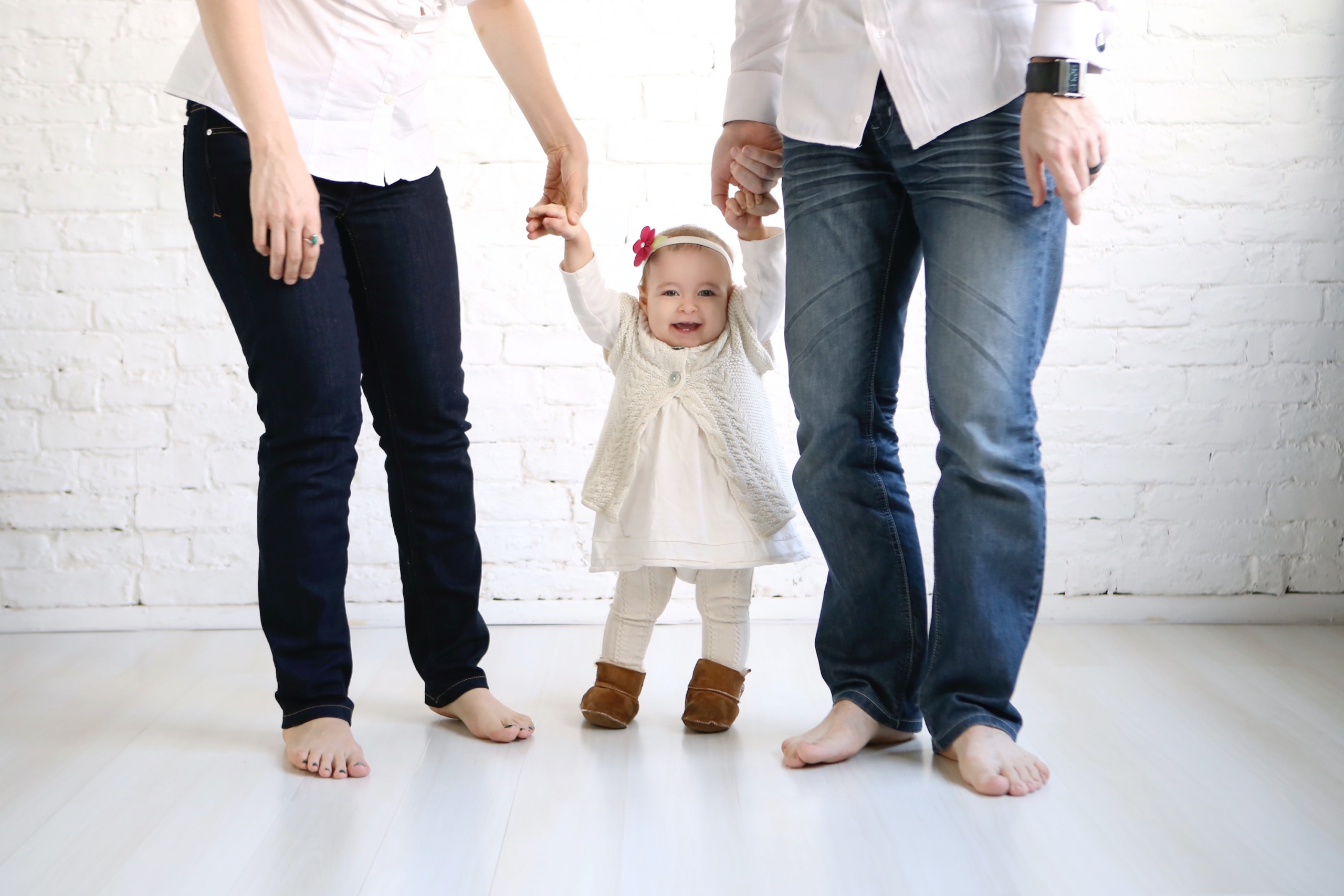Watching toddlers explore the world around them is the ultimate experience. What’s equally amazing is how fast they grow during the first three years. In fact, by their first birthday, children will have tripled their birth weights and added 10 inches to their height.
During the toddler years, you’ll see many instances where your child experiences growth spurts or sudden periods of a rapid and intense increase in height. Read on to find out the ages in which your toddler will experience a growth spurt and how you can prepare for it.
What happens between the ages of 1 to 5?

One of the most noticeable growth spurts is during the early toddler stage when the child doubles or triples his or her weight and sprouts up in height by over 10 inches.
However, when they get to be between 5 and 10 years old, their growth tends to slow down compared to the toddler stage, only to pick up during the years of puberty.
The following is a general overview of how much children grow during different phases of the toddler years:
- First year: The child could add up to 5 inches in height and a half pound in weight, for every month.
- Second year: Four to 5 inches in height; 4 to 5 pounds in weight.
- Between 2 to 5 years: Two to 2.5 inches in height and about 6 pounds every year up to the age of 10.
As you can see, the increase in size occurs at a rapid pace, and you’ll definitely be able to pick up on growth spurts when they happen — perhaps in just enough time to find new pants and shoes that accommodate the inches that have added up.
Signs of a growth spurt
Likewise, between the ages of 2 and 5, you might notice other changes in appetite and sleep patterns. And yes, you’ve guessed correctly that these shifts in how they go about their everyday activities relate directly to their growth.
If your child is going through a growth spurt, here are a few signs in their behavior and habits to watch out for:
- They tend to be excessively and constantly hungry.
- They need to eat everything they see.
- They are increasingly sleepy with more extended periods of rest.
- They experience growing pains that mostly emerge as dull aches in their legs. These aches may wake up them at night.
- All of your child’s clothes are suddenly too short.
- They appear to have longer legs.
Along with these profound changes, you might notice their gait might be a “bit off,” or maybe they seem to trip over their own feet more often. There’s nothing to worry about because this is part of the process. According to the American Academy of Pediatrics, a toddler becomes far clumsier during their growth spurt due to rapid changes in their height and the increase in the length of their limbs. So it’s perfectly normal.
You might also notice other differences in your tot’s behavior and mood that include:
- Sporadic changes in energy level
- Becoming more restless
- Becoming more prone to tantrums
- Waking up early from naps
Additionally, younger toddlers (18 months to 2 years old) tend to be increasingly fussy due to their need for more sleep and the onset of growing pains.
How to prepare for growth spurts

In whatever manner or order these signs might appear, you can still ensure your child is ready to handle all of these physical changes by taking a few simple actions including:
- Making sure the child is getting plenty of sleep. Ten hours at night is a great number to aim for. Also, include naps in the early afternoon.
- Providing a healthy, nutritious, and balanced diets for your child complete with snacks of fruit, vegetables, and anything that has protein to help with energy levels and increased appetite.
- Arranging for some outdoor play throughout the day. This helps your child with balance and gross motor skills that will help to prevent trips and falls.
As you can see, growth spurts are nothing to worry about, and there are many ways to prepare for the many changes that’ll occur in just a few short years.



